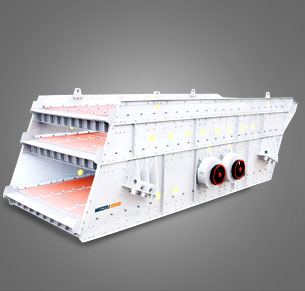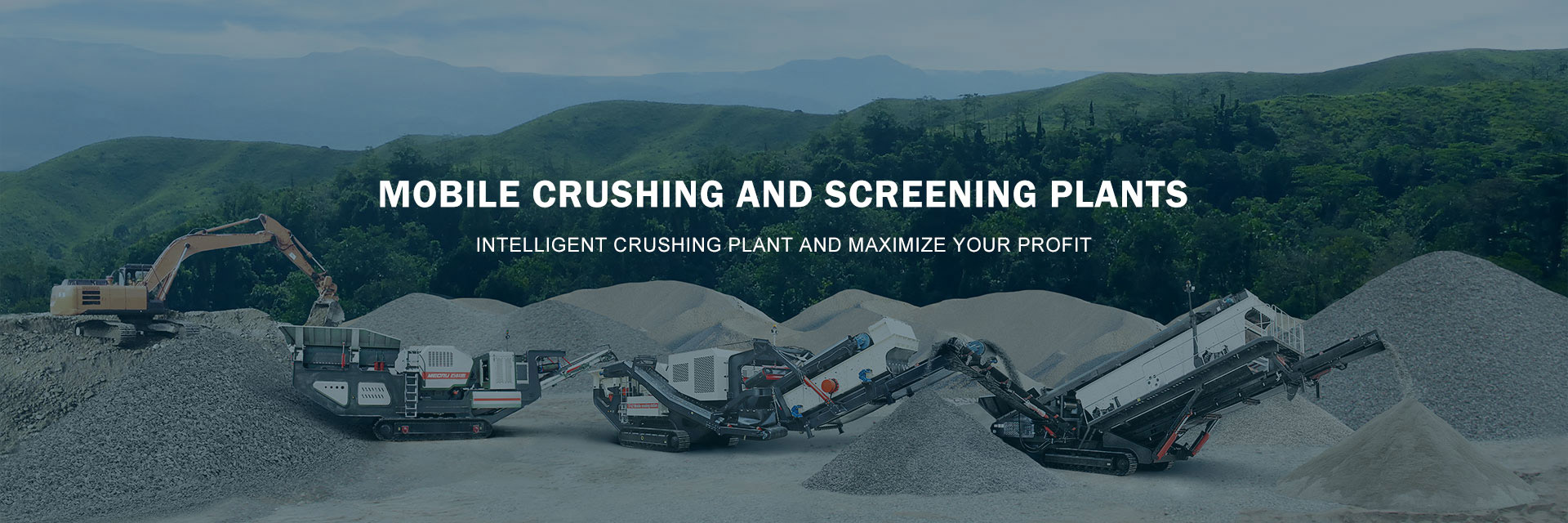A micro mineral grinding mill is a specialized machine designed to finely grind minerals and other hard materials into ultra-fine or micron-sized powders. These mills are widely used in industries such as mining, ceramics, pharmaceuticals, chemicals, and advanced materials processing.
 Types of Micro Mineral Grinding Mills
Types of Micro Mineral Grinding Mills
1. Ball Mill
– Uses steel balls as grinding media.
– Suitable for wet or dry grinding.
– Can achieve particle sizes down to 10-100 microns.
2. Raymond Mill (Roller Mill)
– Uses rollers and rings for grinding.
– Ideal for medium-fine grinding (30-425 mesh).
– Commonly used for barite, calcite, and talc.
3. Ultrafine Grinding Mill (HGM Series)
– Uses high-pressure springs and rollers.
– Produces ultrafine powders (5-74 microns).
– Suitable for calcium carbonate, kaolin, and mica.
4. Jet Mill (Fluid Energy Mill)
– Uses high-speed air or gas streams to collide particles.
– Achieves sub-micron (1-10 microns) particle sizes.
– No moving parts, reducing contamination risks.
5. Attrition Mill
– Uses rotating discs with grinding media (e.g., ceramic beads).
– Effective for ultrafine and nano-grinding (<1 micron).
6. Planetary Ball Mill
– High-energy milling with multiple rotating jars.
– Used in labs for nano-mineral processing (<0.1 microns).
Key Features of a Micro Mineral Grinding Mill
– Adjustable fineness: Control particle size via speed, airflow, or grinding media.
– Low contamination: Ceramic or polymer linings prevent metal impurities.
– High efficiency: Advanced classifiers improve precision.
– Wide material compatibility: Works on quartz, feldspar, zircon sand, etc.
Applications
– Mining & Minerals: Talc, graphite, bentonite.
– Pharmaceuticals: Fine excipients.
– Paints & Coatings: Ultrafine pigments.
– Advanced Ceramics: Zirconia, alumina powders.
 Choosing the Right Mill
Choosing the Right Mill
Consider:
– Required particle size (microns vs. nanometers).
– Material hardness (Mohs scale).
– Batch vs. continuous processing.





Leave a Reply